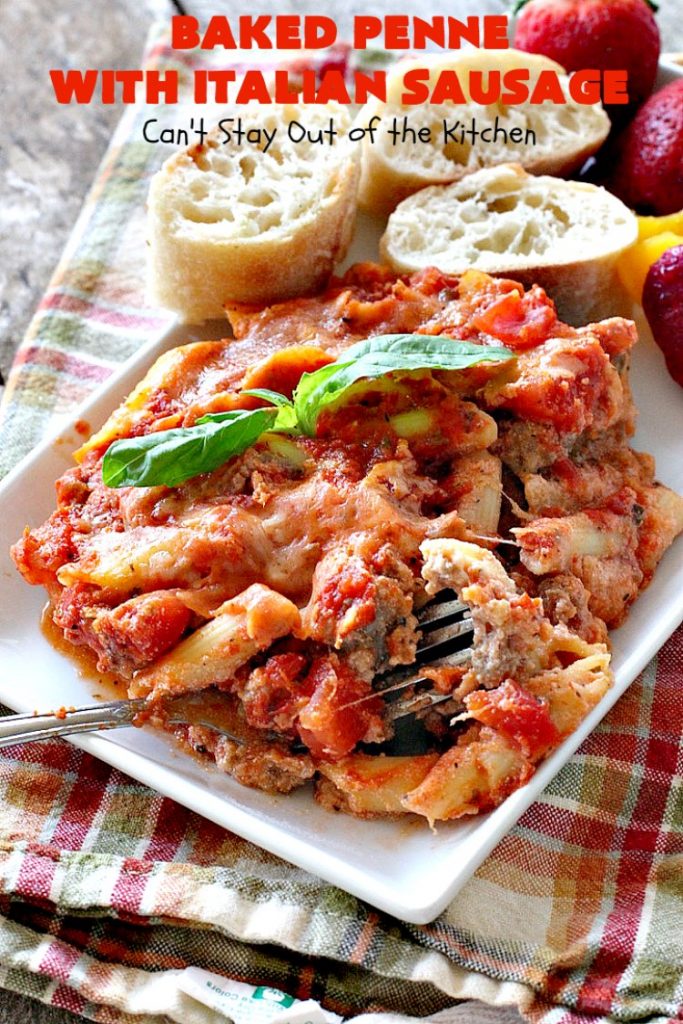


And, in most cases, these approximations result in slightly overcooked pasta. It is, of course, worth bearing in mind that whilst indicated cooking times are a useful guideline, they are just that: approximations. Its dried – and indubitably inferior – counterpart can, in many cases, exceed 15 minutes of cooking time.

Fresh pasta – both filled and non-filled – almost never exceeds 4 minutes of actual cooking time. One of fresh pasta’s many virtues – besides taste and texture – is its extremely short cooking time. A much easier solution is just to make sure you’re using a large enough pot, one that easily fits your precious cargo without the risk of over-boiling. Whilst there are those that advocate the use of oil here, we personally wouldn’t recommend it. This helps to avoid each individual piece from clumping together or sticking to the side of the pot. Once submerged in the water, immediately begin to stir the pasta, as well as at regular intervals throughout. In short, copious amounts make for well-seasoned and flavourful pasta. With regards to how much salt to add, Italian-born food writer Anna del Conte suggests 10g (2tsp) per litre of water, or as she rather poetically states, ‘the water should be as salty as the Mediterranean’. Adding salt on a simmer will only cause unnecessary delay to the cooking process given that salted water takes longer to reach boiling point. It’s crucial, however, that the salt is added only once the water has reached a boil. Salted water helps to flavour the pasta as it absorbs the salt from the water during the cooking process. Not only does this help the water to reach a boil faster, but the opening allows you to hear the rumble of the rolling boil, an indication that you’ve been patient enough and that it’s time to start cooking! 2. Patience is key here, but it certainly doesn’t come without reward… Good things come to those who wait after all…Ĭhef Carmelo’s Tip: Cover the pot, but be sure to leave a partial opening. This vigorous type of boil not only ensures a more even cooking process but it also helps to achieve a uniform consistency. Meaning, movement across the whole surface of the water the kind that produces large, visible bubbles. The point to be reinforced here is rolling. When it comes to cooking pasta, what we’re after isn’t a mere simmer, but rather a rolling boil. Tempting though it may be, tossing your pasta in the pot at the first available opportunity isn’t entirely the smartest of choices. Wait for the Water to Reach a Rolling Boil Without any further ado, let’s get the ball rolling… 1. Our Foolproof Guide to Cooking Fresh Pasta
#Cook pene aldente style how to
You can also watch the below video as our chef Roberta demonstrates how to cook pasta to perfection. It should offer slight resistance ‘to the tooth’, but only enough to ensure a subtle and pleasantly chewy bite.īut how, exactly, does one achieve this seemingly elusive feat? Rather than leaving it to guesswork – an ill-advised strategy that’s sure to disappoint not only yourself but those you’re cooking for- we’ve devised this simple, step-by-step process for pasta perfection. We want to avoid overcooking the pasta at all costs. Literally meaning ‘to the tooth’, al dente refers to cooked pasta which is still firm when bitten.
#Cook pene aldente style code
And whilst this might seem like a cryptic culinary code for pasta perfection, it encapsulates everything we think pasta ought to be… But what exactly does al dente mean? How to Cook Fresh Pasta Al DenteĪsk any chef, pasta puritan, or pastaio (a particularly fancy word for an expert pasta maker) how pasta should be cooked and you’re likely to receive the same response: al dente. From how to cook pasta al-dente, to the perfect serving style, here’s our fool-proof guide on how long to cook fresh pasta… Satisfaction guaranteed. Don’t let your hard work go to waste! Fresh, restaurant-quality pasta deserves restaurant-quality cooking after all. So you’ve just finished a batch of perfectly pressed tortelloni, or treated yourself to some of our world-famous mafalde.


 0 kommentar(er)
0 kommentar(er)
